Common name: Aussie Crab, Crazy Crab, Calico Crab
Latin Origins: Variabilis: varied, different
Distribution: Northern Australia, from Exmouth Gulf to North Queensland. New in 2025: The study also confirms the presence of Coenobita variabilis in West Papua, Indonesia, extending its known range from Australia.

Habitat: Occuring intertidally and higher up, above tide levels, up to 100m or so from the beach. These crabs are most common near mangroves but they also occur on sand and rocky beaches. Temperature exerts a strong effect on the survival and duration of zoeal stages in C. variabilis. Adults are also very sensitive to temperatures much below 25C, and it is very probable that temperature is a primary factor that prevents this species from occurring south of the subtropical regions of northern Australia.
Ecology: Found far away from the beach, 100 M or more. Nocturnal, supratidal, terrestrial (desert or dune, forest, scrub forest), coastal
Larval stages: Both C. variabilis and C. compressus have an abbreviated development (shortened aquatic stage). Variabilis stage one lasts 2-4 days, stage two lasts 2-5 days, megalopae were kept in water 33 days without metamorphosing; metamorphosis occurred 5-24 days after leaving the water. Metamorphosis to first crab typically occurred after a day or two. ..reaching the megalopal stage in only six days at 30C after two nonfeeding zoeal stages. [4]
Characteristics: The carapace and the clawed legs lack distinct spines. The eyestalks are compressed from side to side. The stalks (peduncles) of the antennules are very long but the feelers (flagella) are short and compressed from side to side. The Australian land hermit crab (Coenobita variabilis) reaches a carapace length of 40 millimetres (1.6 in).[2] They closely resemble the Pacific hermit crab (Coenobita compressus) in appearance and they both have a shortened aquatic development stage.[3]
Australian hermit crabs are light brown to pale brown in colour, with two dark ovals on the front of the head. Their eyestalks are long and are the same colour as the body. Each claw has a dark vertical stripe. They have dark brown spots all over the legs. The abdomen is short and fat.
Large numbers of C. variabilis can be found behind mangroves, sheltering from the heat of the day under rocks or logs. They are very active nocturnal scavengers. The crabs are especially attracted to decaying material, such as dead fish on the beach, and even to the household garbage and pet’s feeding bowls. They are also sold commercially as household pets, usually under the name of ‘crazy crabs’.
Exclusive to Australia, the ”’C. variabilis”’ is often named the ”’Crazy Crab”’, after the name of the first company to harvests and market them. They are similar in appearance to Coenobita compressus in their compressed peduncles (eye stalks) and share other similarities including choice of seashells.
Common Identifiers
- Eyes- elongated
- Claw- stitch marks, brown
- Color- browns/orange
- Known to Chirp- yes
Behavior:
Diet:
Coenobita species are omnivorous scavengers.
Preferred shells:
The preferred seashells of C. variabilis include Babylonia, Nerita, Phasianella, Thais, Tonna and Turban seashells. They are also found to be fond of several varieties of land snail shells such as Aratan snail and rice snail.
Anatomy:
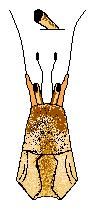

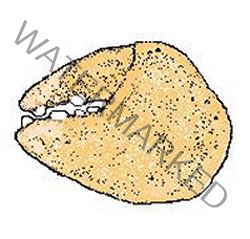

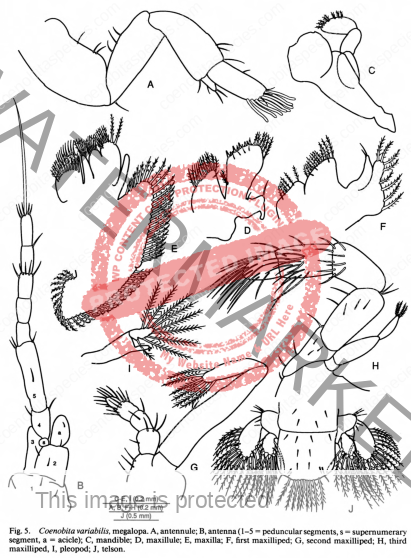
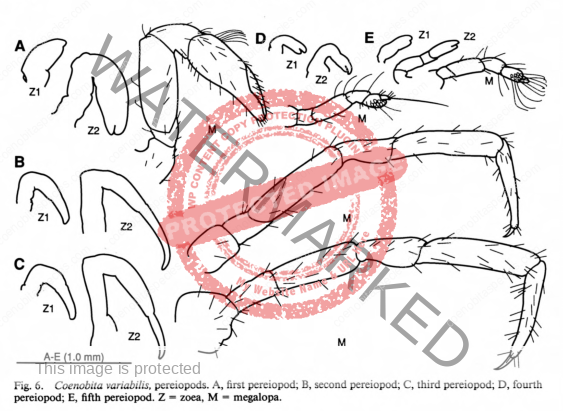

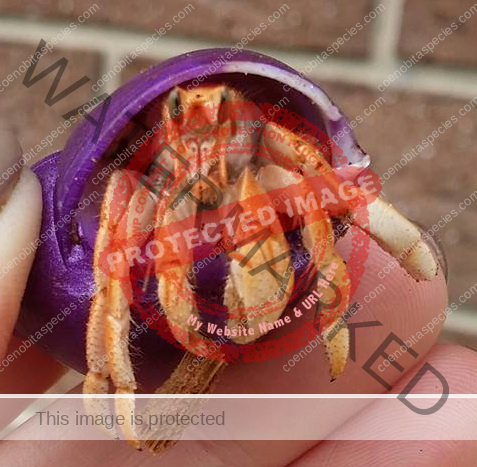

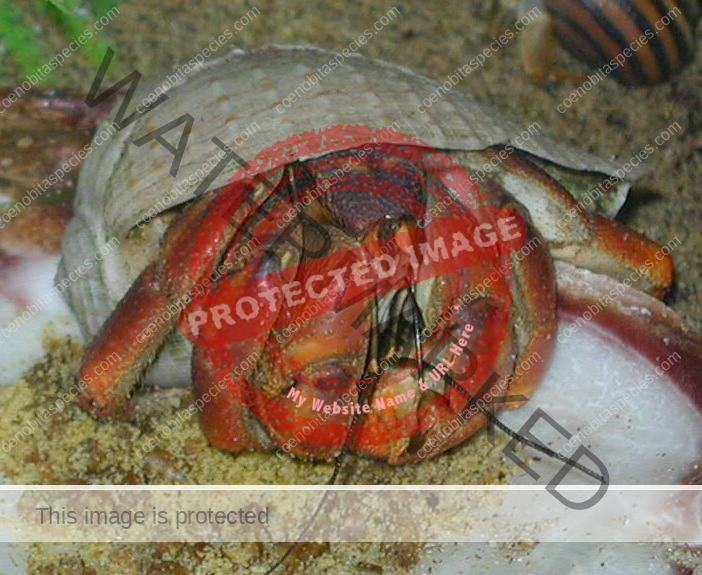
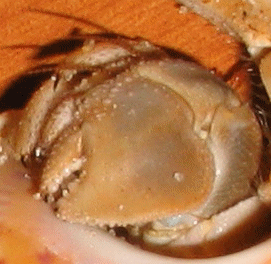
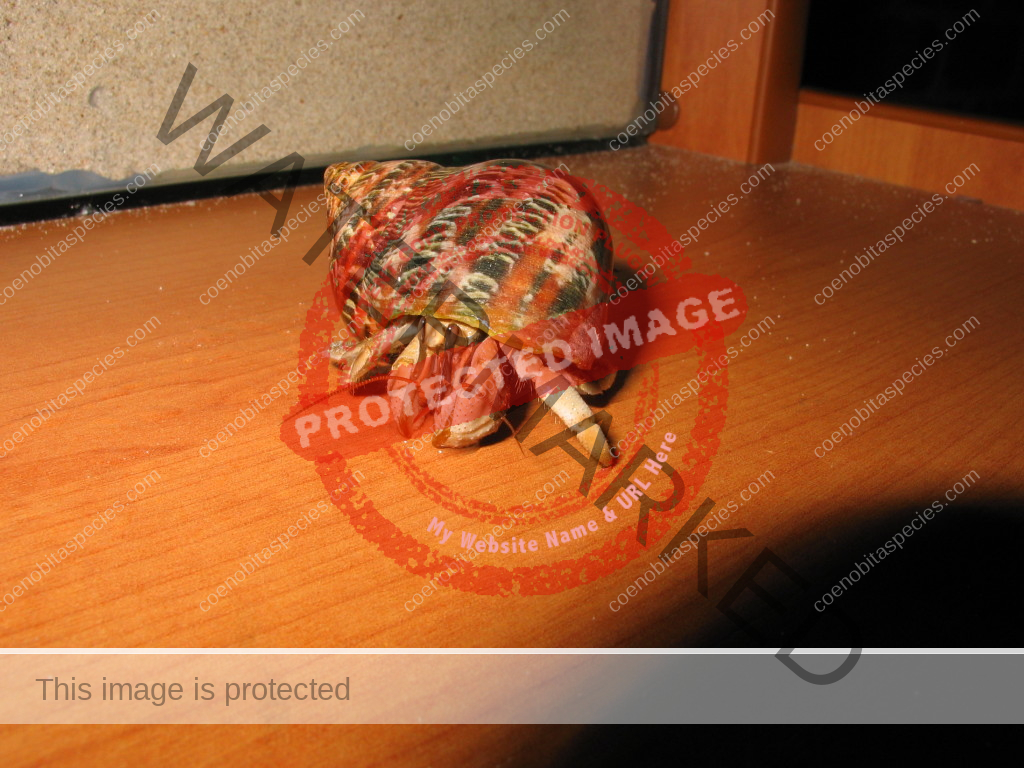



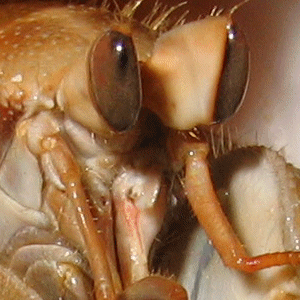
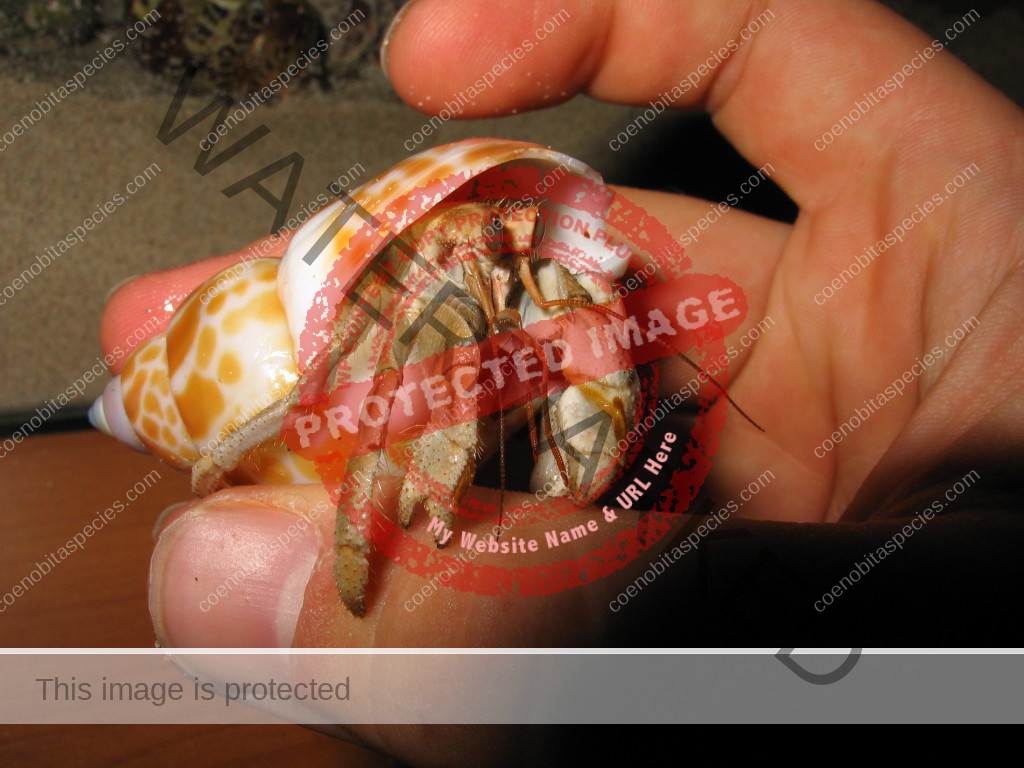
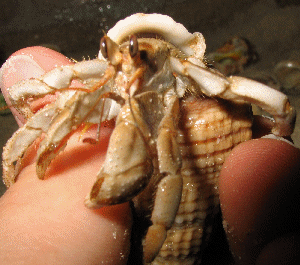
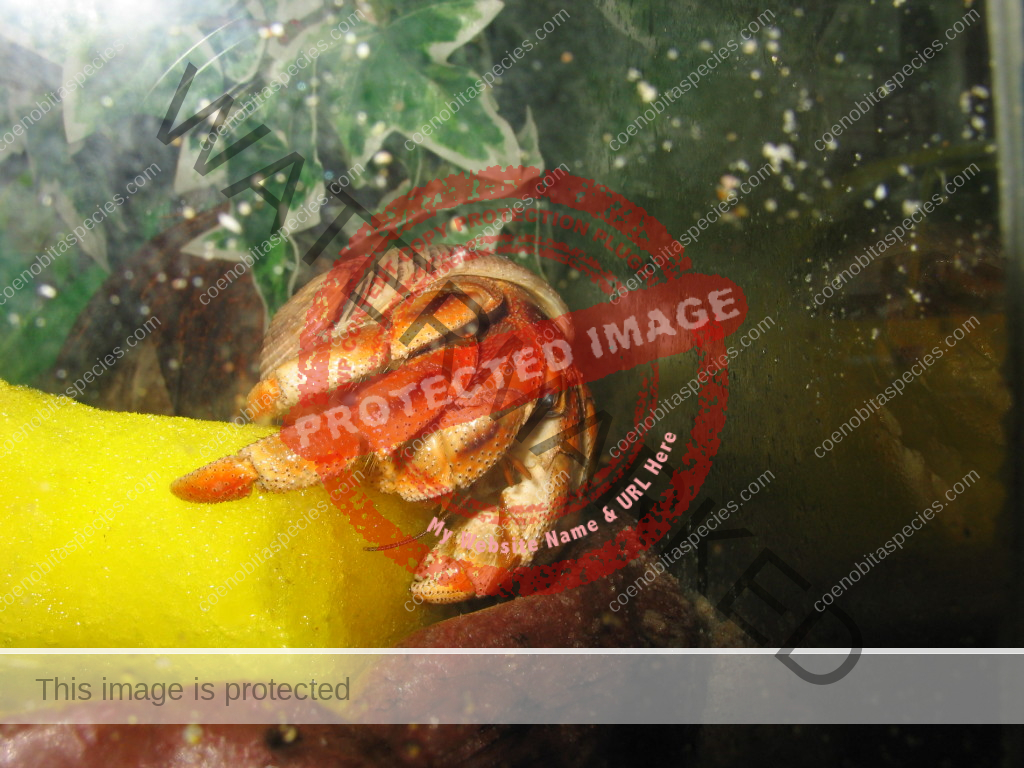


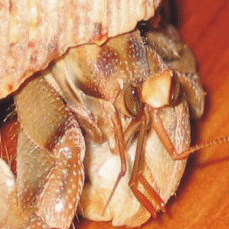
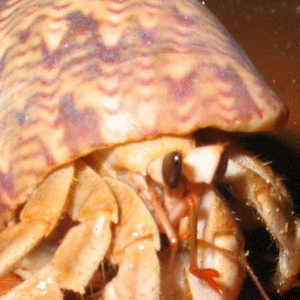


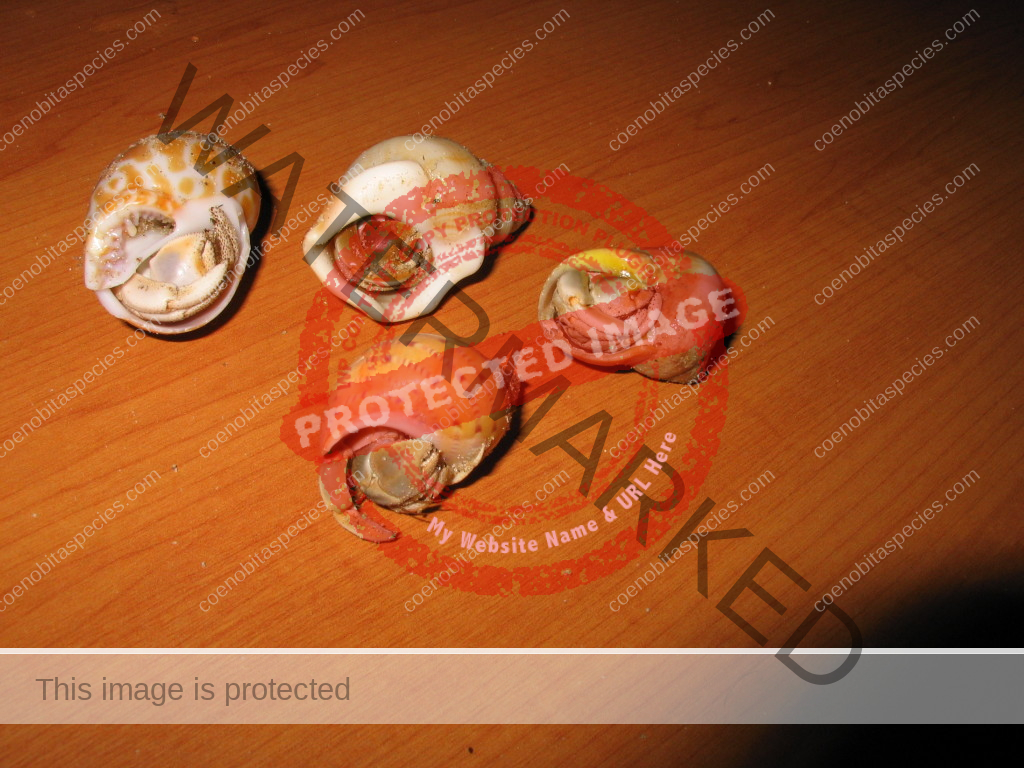
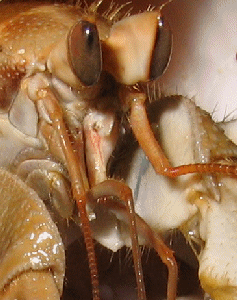
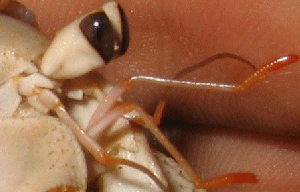
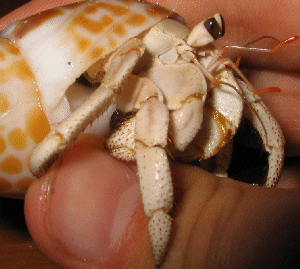

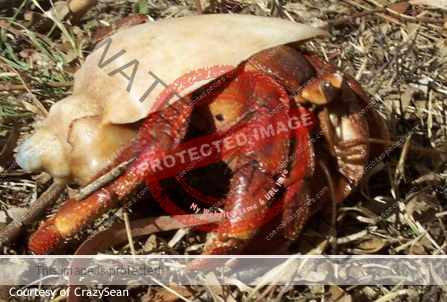


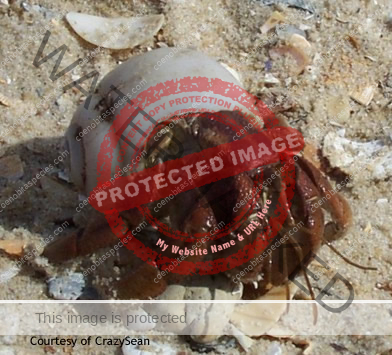
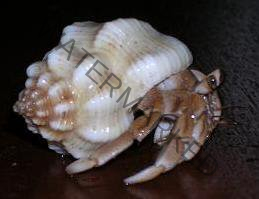
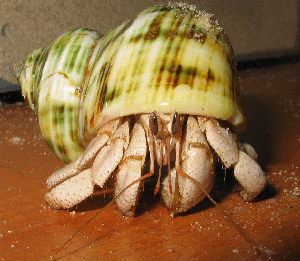
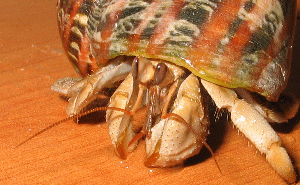
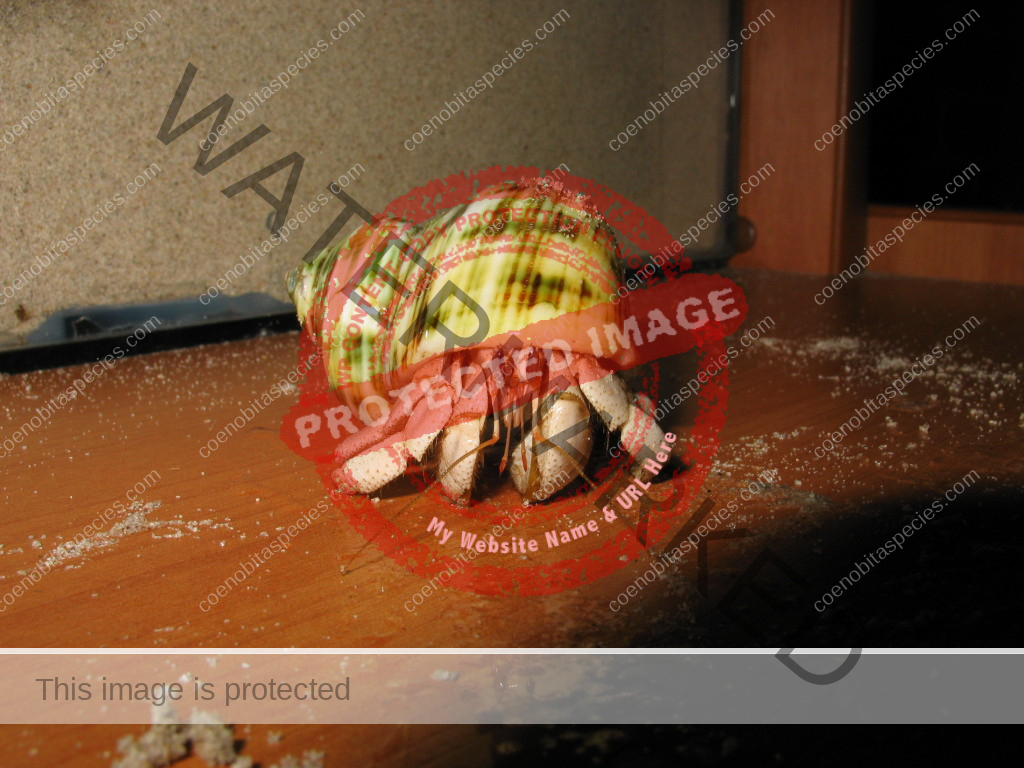


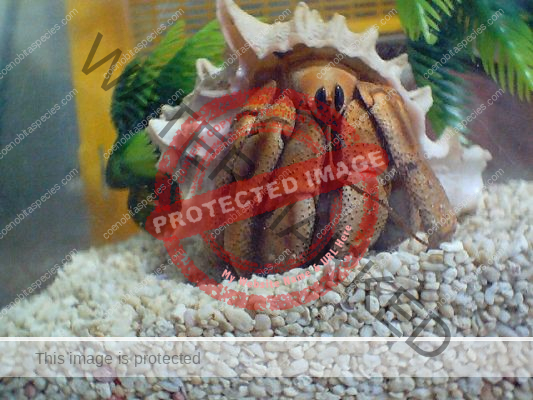
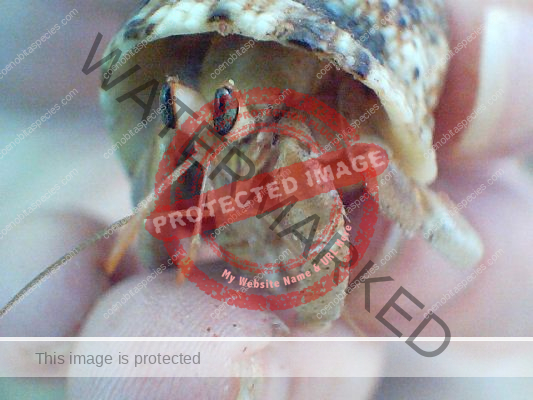
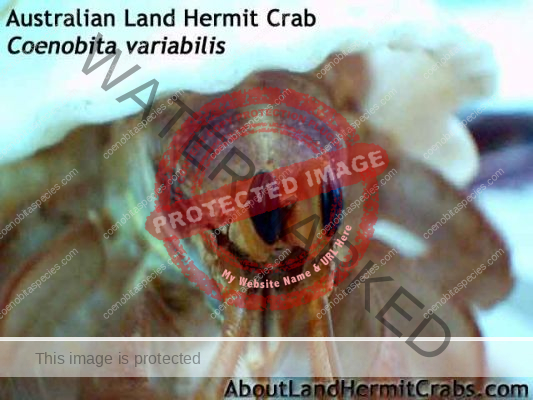

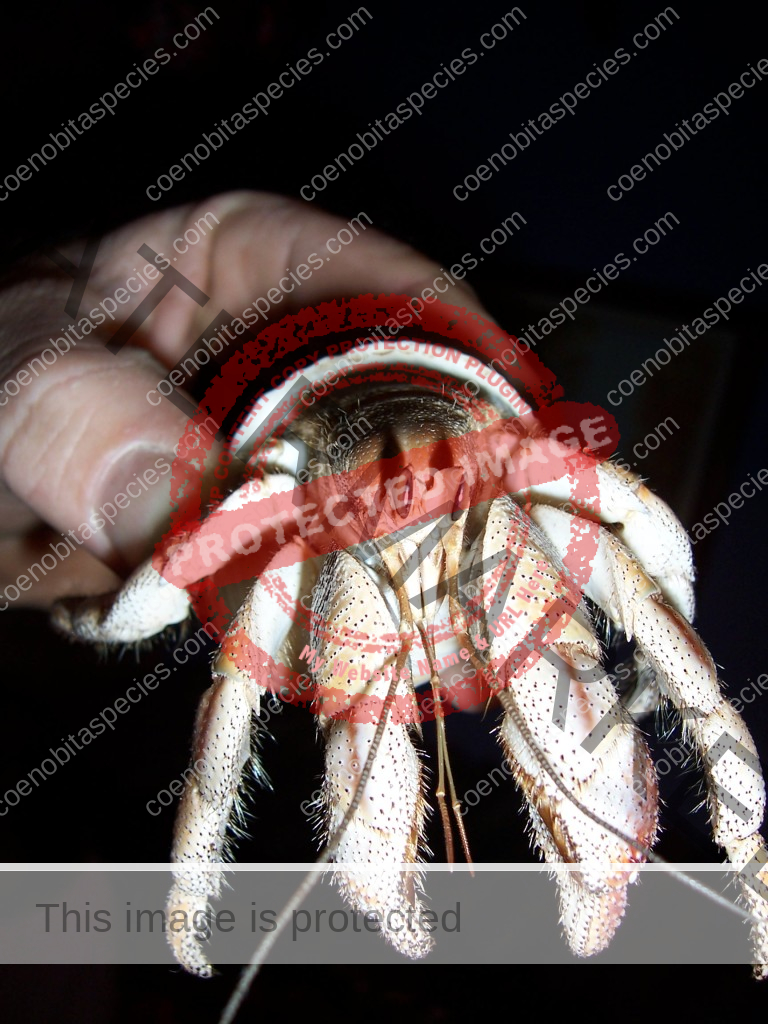

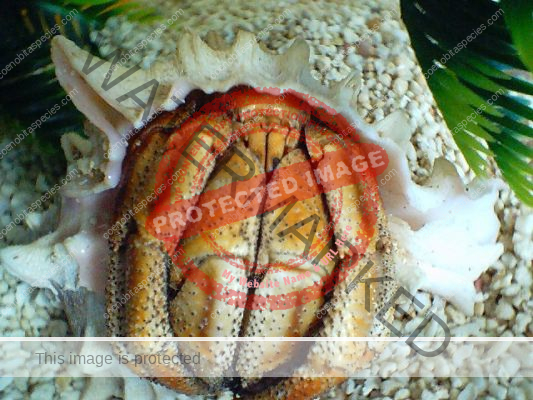
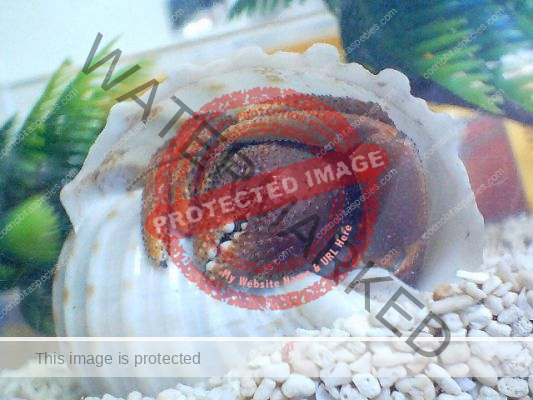




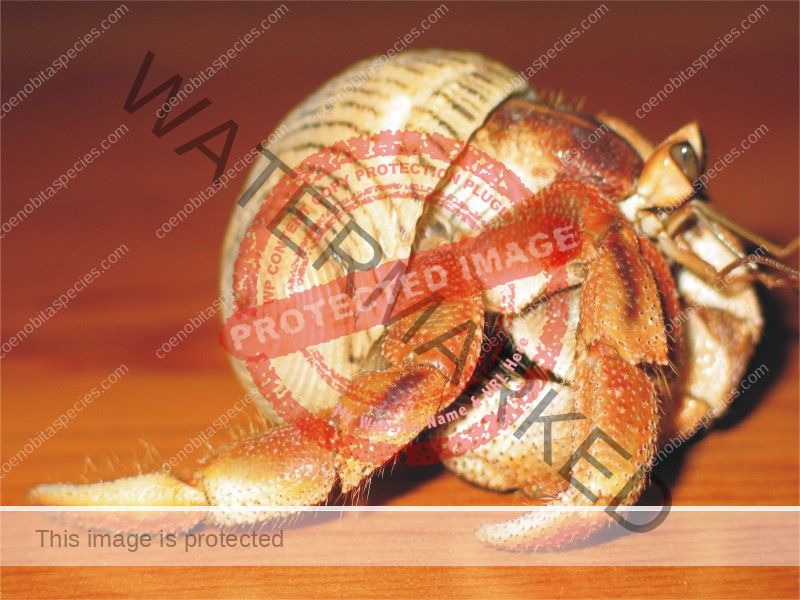

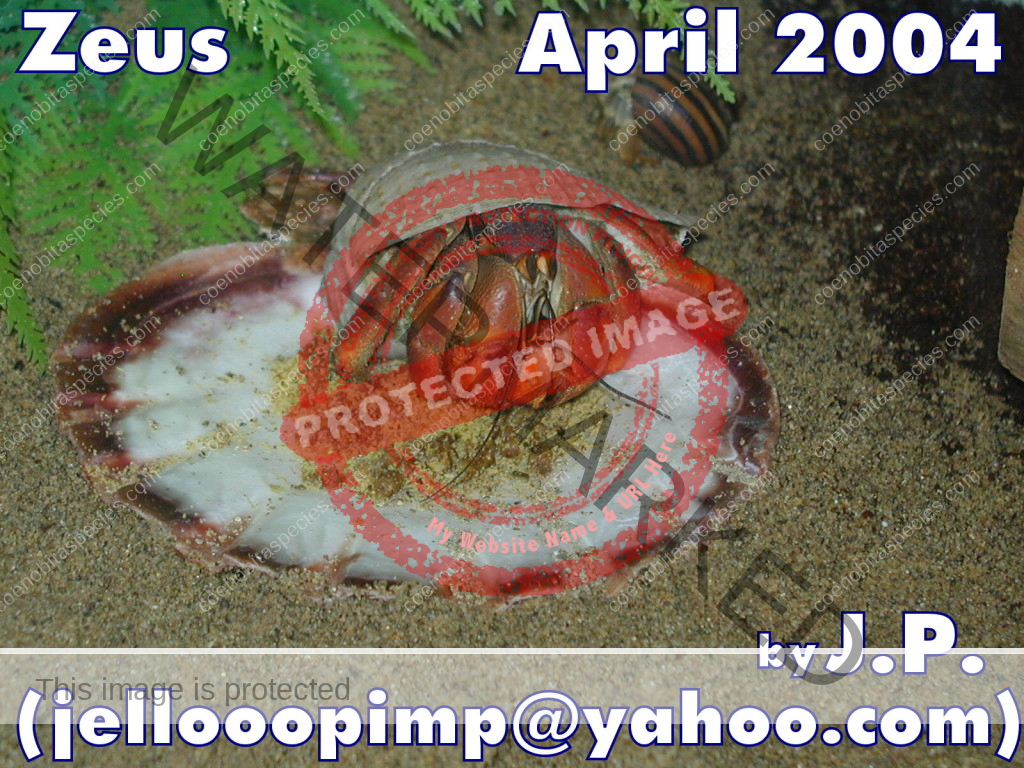


Photo Credits:
The Crab Street Journal (owner of Coenobita Species) has been granted permission by these photographers to use their photo(s) on our site.
- Vanessa Pike-Russell
- Bundy
- Jellooo Pimp
- Crazy Sean
- Lisa Dawson
References:
- Jones, S. and Morgan, G.J. (1994) “A Field Guide to Crustaceans of Australian Waters”.
Western Australian Museum. Chatswood, N.S.W. (Australia) : Reed Books, 1994.
ISBN 0 7301 0403 6 - P. J. F. Davie, ed. (2002). “Coenobitidae”. Crustacea: Malocostraca: Eucarida (Part 2), Decapoda: Anomura, Brachyura. Volume 19 of Zoological catalogue of Australia, Australia. CSIRO Publishing. pp. 33–35. ISBN 978-0-643-06792-9.
- Keith Davey. “Coenobita variabilis (Family Coenobitidae). Terrestrial Hermit Crab”. SpeciesBank. Department of the Environment, Water, Heritage and the Arts.
- A. Harvey & R. Brodie (2001). “Development of the terrestrial hermit crab, Coenobita compressus, in the laboratory”. Journal of Crustacean Biology 21 (3): 715–732. doi:10.1651/0278-0372(2001)021[0715:LDOTLH]2.0.CO;2. ISSN 0278-0372.
- Alan W. Harvey Abbreviated larval development in the Australian terrestrial hermit crab Coenobita variabilis Journal of Crustacean Biology 1992
- Shih HT, Rahayu DL, Pramono FA. 2025. Integrative taxonomy uncovers four new species and one new record of land hermit crabs Coenobita Latreille, 1829 (Crustacea: Decapoda: Anomura: Coenobitidae) from Indonesia. Zool Stud 64:11. doi:10.6620/ZS.2025.64-11.